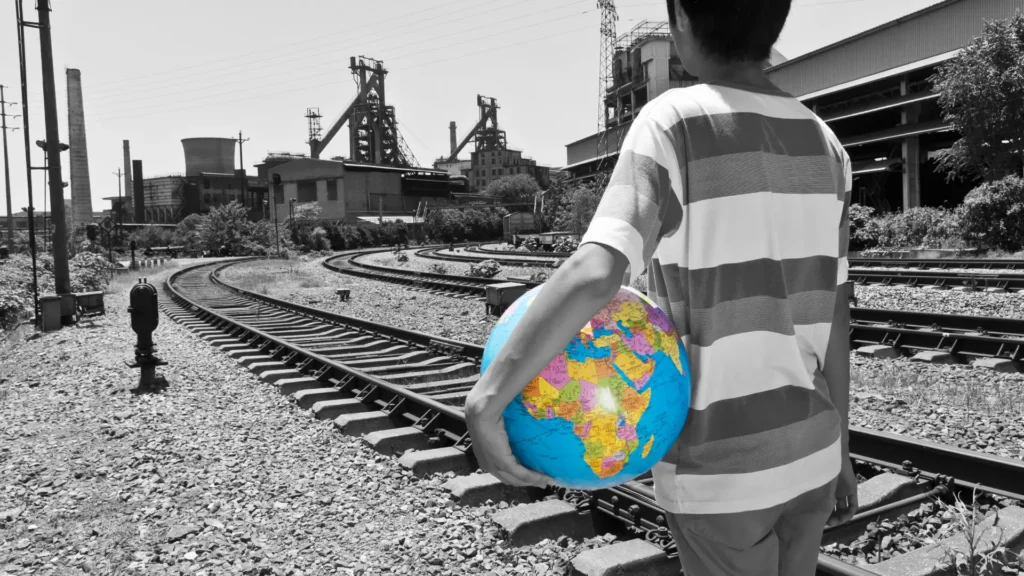Changing Places is one of the most intriguing and unique topics in the A Level Geography specification. It focusses heavily on case studies, or ‘place studies’, to exemplify the different internal and external factors that affect the character and perception of different places. This guide for students will look at the core topics within Changing Places, and how you can wrap your head around it.
What are changing places?
Places have three main characteristics: a location, a locale and a ‘sense of place’. These all determine how people feel towards that particular place. Obviously, the pinpoint of a place on a map doesn’t tell its full story. It may have particular meaning to someone who lives there, or someone who grew up there but moved away. This is the crux of a ‘changing place’.
People interact with places in different ways. An ‘insider’ may be a resident, or go to school in that particular place. An ‘outsider’ may have heard of it, or seen it on television, but they haven’t actually visited it themselves. These different perspectives affect whether we feel positively, neutrally or negatively about that place.
Places are also portrayed through different mediums. Whether it’s a television show about Waterloo Road, a poem about Slough or a song about Barking, a place’s interpretation may be affected by these different sources. You’ll study examples of all of these as part of changing places.
Your A Level Changing Places
Within the A Level Geography course, you’ll study a few different locations as part of Changing Places. The first is a place local to you. The second is a far place, one that you may visit on a school trip or study through a range of different sources. You’ll need to be able to look at the factors that made the place what it is today, alongside the major changes over time. As an example, you could look at the US city of Detroit as a far place, and the impact that the car industry had on the city’s growth in the 20th century, and its subsequent decline in the years that followed.
There are a range of exogenous and endogenous factors that make a place what it is. Glastonbury, in Somerset, was a small farming village before the world-famous festival made it a global landmark. Marrakech, in Morocco, has seen a great deal of change blending Arabic and French culture as a result of the French Empire. Internal factors can include the local topography or a natural hazard event. External factors can include outside investment or the impacts of migration.
Pick places that interest you. They may be places you have been on holiday or seen in the media. Make sure you have a place study that has enough to compare and contrast between the other. This will make for nuanced essays that you can dive into and explore in detail.
Revising for Changing Places is also made easier if you have a place you are interested in. This can make revising flashcards or writing notes that much easier.
Be sure to link to geographical theory too. There is a high likelihood that a Changing Places question will link to another topic in the course, such as Hazards or Global Systems and Governance. Using your geographical theories will help you make unique arguments with reference to your chosen places.
Conclusion: Why Study Changing Places?
This blog post has explained the fascinating topics that come into the study of Changing Places. By choosing an interesting near and far place, you’ll be able to analyse the factors that made them what they are today. By definition all places are Changing Places, but the ones with the most unique and extensive changes are the ones to watch.
Remember, Study Dog has a range of A Level Geography resources available that make your study of Changing Places much more engaging and interesting.

































